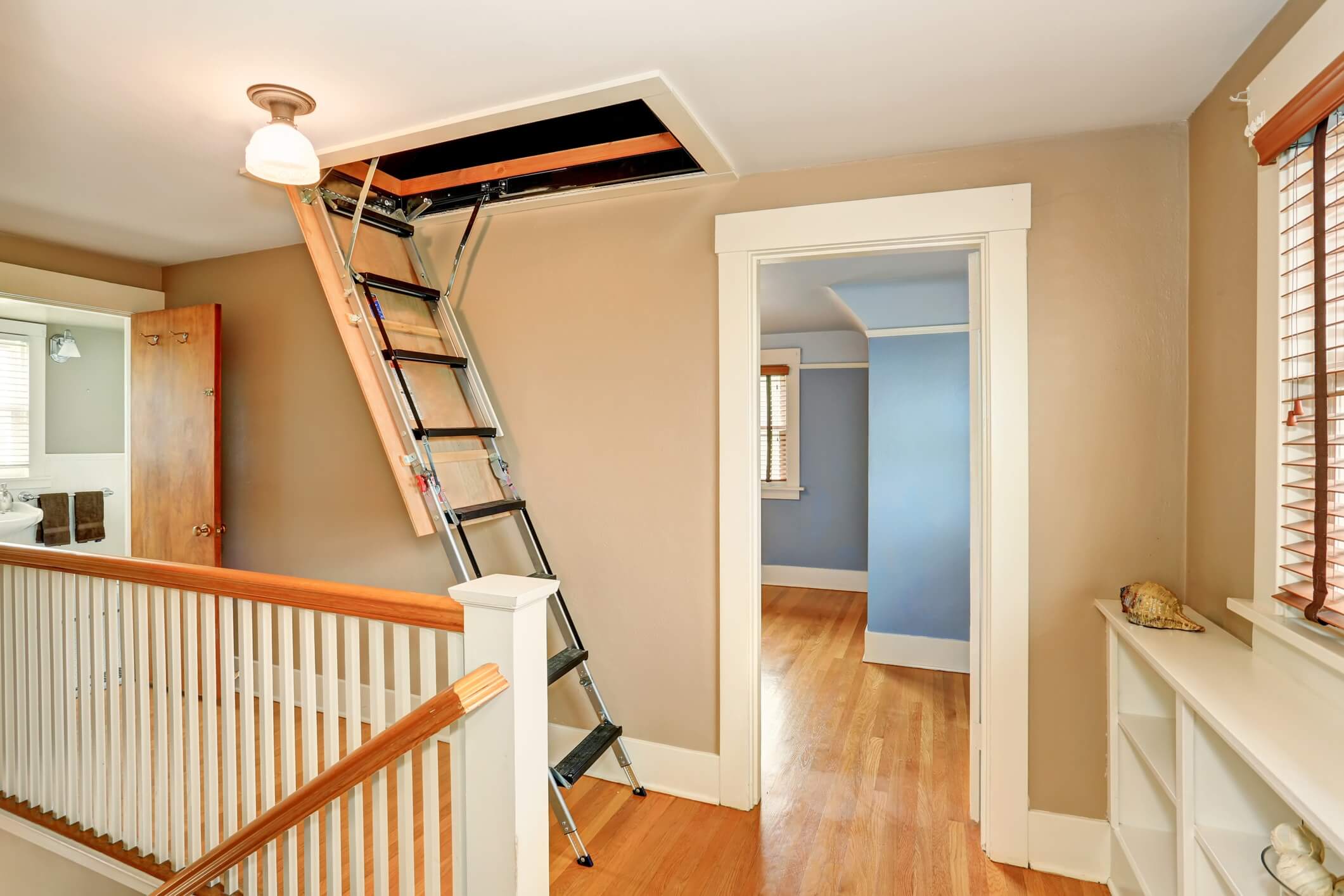
While most people associate insulation with keeping a home warm in winter, during the summer, insulation is equally important to keep the house cool.
The Importance of Summer Insulation
As solar energy heats the roof, temperatures in an enclosed attic may exceed 130 degrees in summer. This broiling reservoir of heat energy continuously radiates downward through your ceiling and can raise temperatures in rooms below by more than 10 degrees. Infiltrating heat makes the home harder to keep comfortable, raises your monthly cooling costs and puts added wear and tear on your central air conditioner.
Insulation installed between joists in the attic floor is critical to prevent heat gain in living spaces during summer. Two insulation types—fiberglass and cellulose—are typically utilized in the attic. Standards for adequate insulation to achieve proper heat resistance have been increased in recent years. If you haven’t upgraded your insulation, it may no longer meet the recommended amount.
6 Summer Insulation Tips
Here are tips to make sure you’re adequately insulated this summer.
- An attic tent is great way to stop air leakage out of and into the attic. It is mounted on the attic side of the ceiling, and is sized to completely enclose the opening where pull down stairs are installed. A zipper runs around three sides and easily opens the tent for easy access into the attic from the stairs.
- Fiberglass batts are the familiar roll-out blankets of pink “cotton candy” insulation with a foil or paper backing. To achieve the EPA-recommended minimum R-factor of 36 for attics, fiberglass batts installed in the attic floor should be at least 12 inches deep.
- Cellulose loose-fill is composed of pulverized paper and cloth. It’s blown into the space between joists under air pressure and resembles mounds of fresh snow. For recommended heat resistance, at least 10 inches of cellulose should be installed.
- To increase heat resistance, additional insulation can be added atop existing layers without removing the original material.
- Insulation between joists should form a continuous layer without gaps or other openings that allow heat infiltration through the ceiling below.
- Fiberglass batts inside exterior wall cavities also add heat resistance. However, the process of installing batts requires opening up walls—a project best left for a time when major renovation is underway. As an alternative, cellulose loose-fill or spray foam insulation may be blown into empty wall cavities through small access holes.
For attic tent installation, and all your HVAC needs contact Jackson & Sons.

